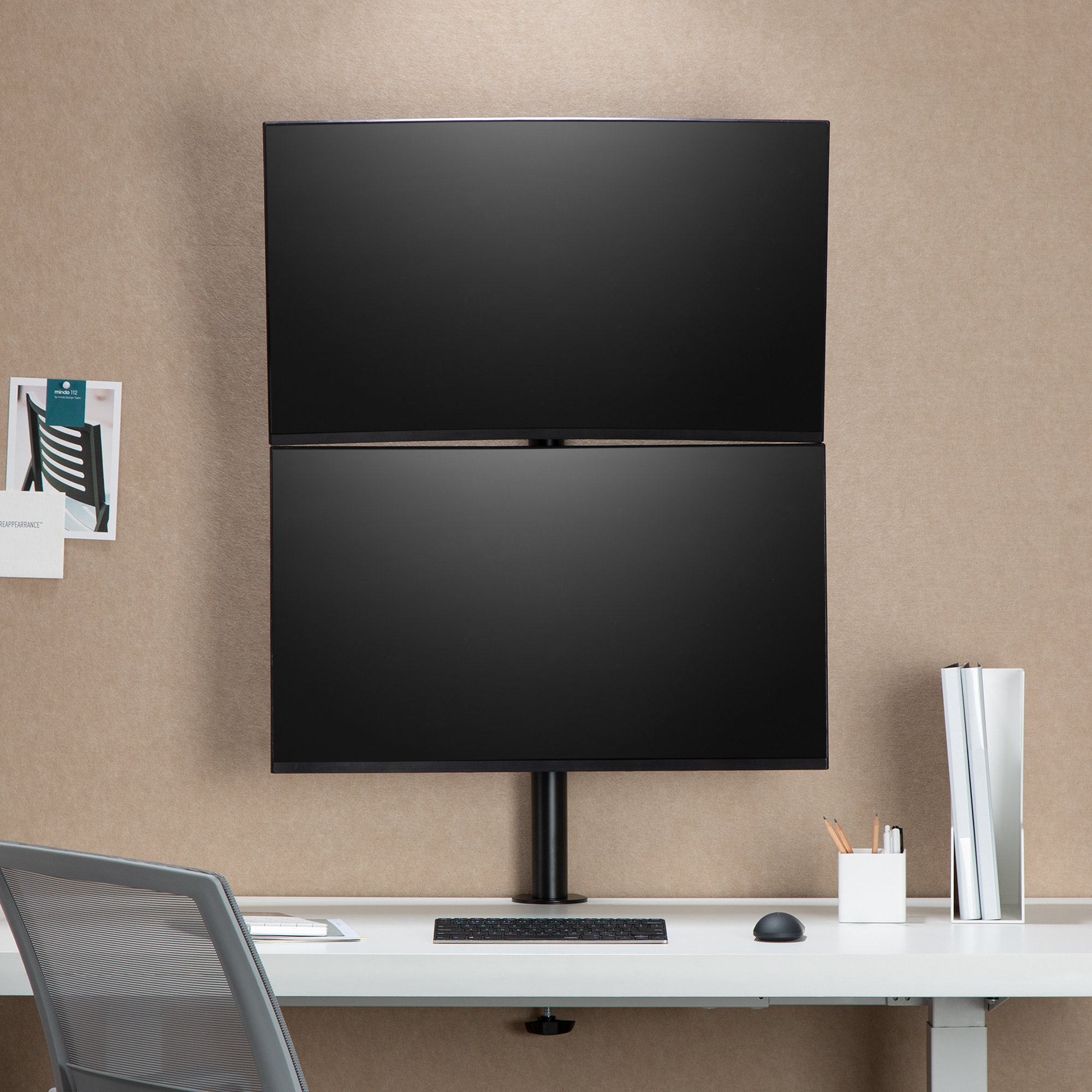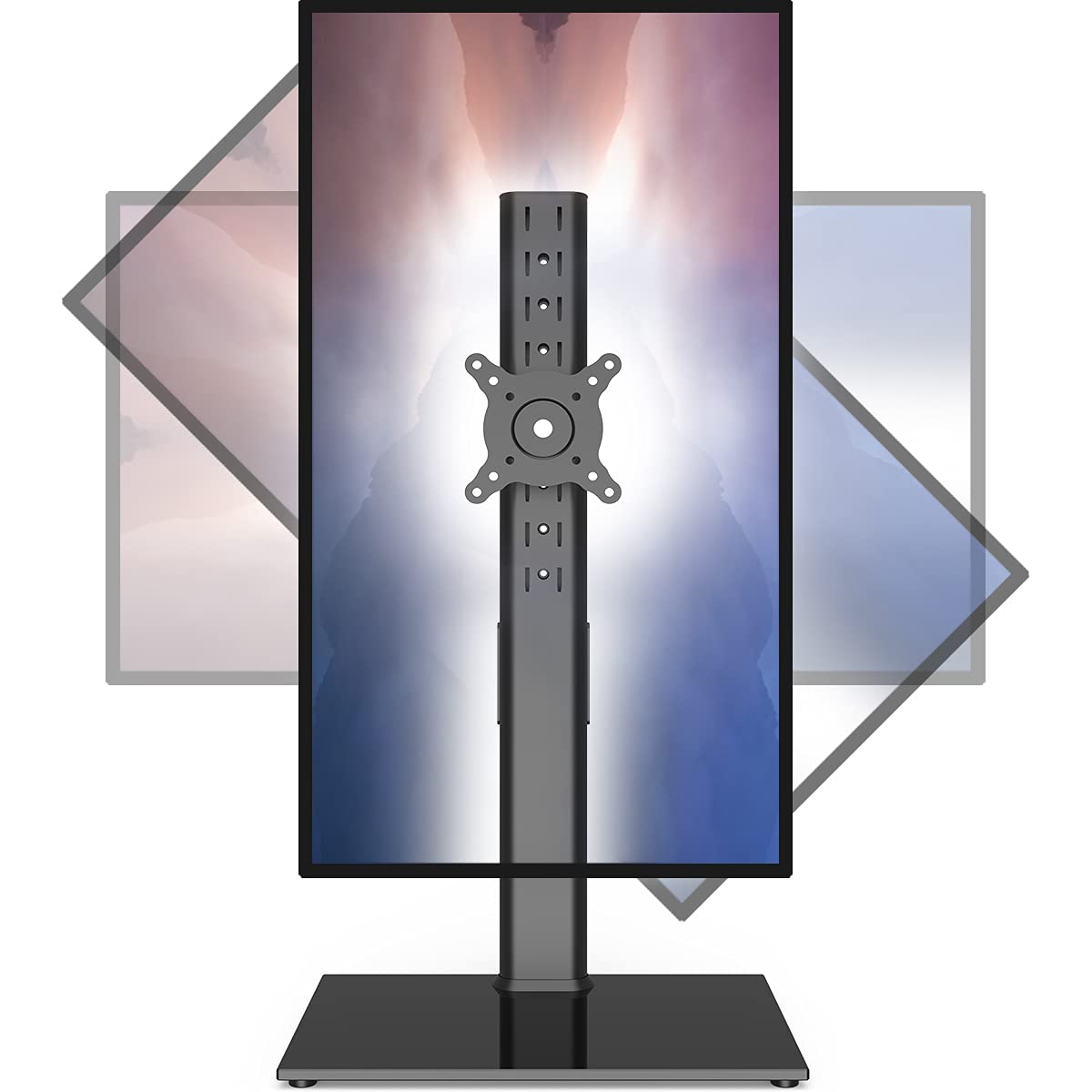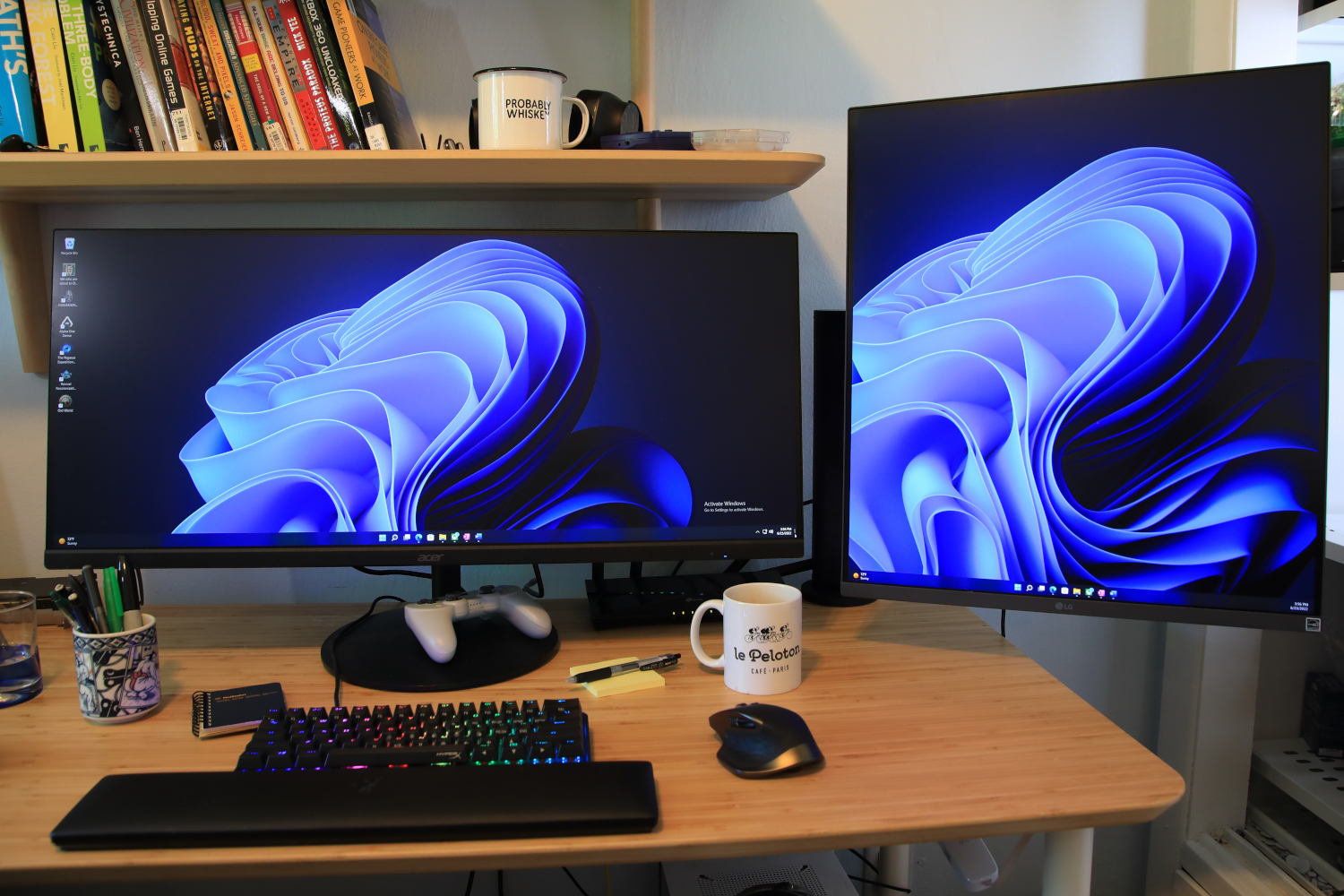The Evolving Needs of Monitor Users
The Demand for Adaptable Displays
In today’s dynamic digital landscape, users are seeking monitors that can adapt to their ever-changing needs and work environments. The ability to seamlessly transition between different orientations and display modes has become increasingly important, driven by the growing diversity of tasks, applications, and user preferences.
The Emergence of Rotating Monitors
Rotating monitors have emerged as a game-changing solution, empowering users to optimize their visual experiences and enhance their overall productivity and efficiency. These versatile displays offer the flexibility to switch between landscape and portrait orientations, catering to a wide range of use cases and user requirements.

The Benefits of Rotating Monitors
Improved Ergonomics and Posture
Rotating monitors can significantly improve user posture and reduce neck and eye strain by allowing individuals to adjust the display orientation to a more natural and comfortable viewing angle, particularly when working with vertically-oriented content such as documents, web pages, or code.
Enhanced Productivity and Multitasking
The ability to rotate the monitor between landscape and portrait modes enables users to better accommodate different types of content and workflows, whether it’s reading lengthy documents, coding, or monitoring multiple information streams simultaneously.
Versatility in Content Consumption
Rotating monitors provide the flexibility to adjust the display orientation based on the content being viewed, allowing users to optimize their experience for activities such as web browsing, video watching, or mobile device mirroring.

Improved Collaboration and Presentation
In shared work environments or during presentations, the rotating capabilities of these monitors facilitate seamless transitions between different orientations, enabling more engaging and interactive experiences for participants.
Accessibility and Inclusive Design
Rotating monitors can cater to the diverse needs of users, including those with physical limitations or accessibility requirements, by enabling adjustments that improve visibility, reach, and overall user experience.
Key Features of Rotating Monitors
Rotation Angle and Pivot Range
The degree of rotation and pivot range offered by a rotating monitor are crucial factors that determine the level of flexibility and adaptability for different use cases and user preferences.
Display Resolution and Aspect Ratio
The resolution and aspect ratio of a rotating monitor should be carefully considered, as they can impact the quality and clarity of the content, especially when transitioning between landscape and portrait modes.
Panel Technology and Color Accuracy
The type of panel technology, such as IPS, VA, or OLED, can influence the monitor’s color accuracy, viewing angles, and overall image quality, which are particularly important for professionals and creatives.

Connectivity and Compatibility
Diverse connectivity options, including HDMI, DisplayPort, and USB-C, as well as compatibility with the latest technologies, can ensure seamless integration with a wide range of devices and operating systems.
Ergonomic Design and Adjustability
The monitor’s physical design, including the presence of adjustable stands, tilt, and swivel capabilities, can enhance the overall user comfort and facilitate the optimal positioning of the display.
Rotating Monitors for Specialized Use Cases
Productivity and Office Environments
Rotating monitors excel in productivity-focused settings, enabling users to easily transition between landscape and portrait modes to accommodate various tasks, such as document editing, web browsing, and spreadsheet management.
Creative and Design-Oriented Workflows
For creative professionals, such as graphic designers, photographers, and video editors, rotating monitors can provide a valuable tool for optimizing their workflows, allowing them to view and manipulate vertically-oriented content with ease.
Programming and Software Development
Developers and programmers often benefit from the versatility of rotating monitors, which allow them to efficiently view and navigate code, debug applications, and manage multiple windows simultaneously.

Accessibility and Inclusive Computing
Rotating monitors can play a crucial role in enhancing accessibility and inclusivity, empowering users with physical limitations or special needs to customize the display orientation and improve their overall user experience.
Integrating Rotating Monitors into Diverse Setups
Home Office and Remote Work Configurations
The adaptability of rotating monitors makes them an ideal choice for home office and remote work environments, enabling users to tailor their workspaces and optimize their productivity based on the tasks at hand.
Dual and Multi-Monitor Setups
Incorporating rotating monitors into dual or multi-monitor configurations can further enhance productivity and workflow efficiency, allowing users to seamlessly switch between landscape and portrait modes for different applications and content.
Collaboration and Presentation Environments
In shared work settings, such as meeting rooms or classrooms, rotating monitors can facilitate more engaging and interactive presentations, enabling presenters to easily adjust the display orientation to better accommodate the audience and the content being shared.
Gaming and Entertainment Setups
While not as common, rotating monitors can offer unique advantages in certain gaming and entertainment scenarios, such as when playing vertically-oriented arcade-style games or viewing social media and messaging applications in portrait mode.
Maintaining and Optimizing Rotating Monitor Performance
Proper Display Calibration
Regular calibration of the rotating monitor’s color accuracy, brightness, and other settings can help ensure consistent and accurate visual representation, particularly for tasks that require color-critical work.

Firmware and Driver Updates
Keeping the monitor’s firmware and associated device drivers up-to-date can unlock new features, improve performance, and address any compatibility issues that may arise from the rotating functionality.
Ergonomic Adjustments and Positioning
Properly adjusting the monitor’s height, tilt, and rotation, as well as the user’s seating position, can help minimize the risk of neck, shoulder, and eye strain during prolonged use.
Seeking Professional Guidance
For complex setup, configuration, or troubleshooting needs, consulting with authorized service providers or technical support can help users maximize the potential of their rotating monitors and ensure a seamless user experience.
The Future of Rotating Monitors
Advancements in Display Technologies
As display technologies continue to evolve, future rotating monitors may feature even more advanced panel types, such as OLED or mini-LED, offering enhanced image quality, contrast, and energy efficiency.
Improved Ergonomics and User Comfort
Future rotating monitor designs may prioritize advanced ergonomic features, including automated adjustments, built-in sensors, and personalization options, to provide an even more comfortable and customized user experience.
Integration with Smart Devices and Automation
The incorporation of smart features and connectivity with other digital devices and home automation systems may enable users to seamlessly control and optimize their rotating monitor setups through voice commands, mobile apps, or intelligent algorithms.
Sustainability and Environmental Responsibility
Driven by the global emphasis on environmental sustainability, the development of future rotating monitors may involve the increased use of eco-friendly materials, energy-efficient designs, and circular economy principles to minimize their ecological impact.
The Transformative Impact of Rotating Monitors
Empowering Productivity and Workflow Optimization
The versatility of rotating monitors empowers users to optimize their workflows, enhance their productivity, and adapt their work environments to better accommodate their specific needs and preferences.
Fostering Inclusive and Accessible Computing
The adaptability of rotating monitors can play a crucial role in promoting inclusive and accessible computing experiences, catering to the diverse needs and abilities of users with varying physical or accessibility requirements.
Enabling Seamless Collaboration and Engagement
The rotating capabilities of these monitors can facilitate more engaging and collaborative experiences, whether in remote work settings, shared workspaces, or educational environments, by enabling seamless content sharing and presentation adjustments.
Conclusion
The rise of rotating monitors has ushered in a new era of versatility and adaptability in the world of digital displays. These innovative solutions empower users to optimize their visual experiences, enhance their productivity, and adapt to their ever-changing needs and work environments.
As the future of rotating monitors unfolds, the promise of continued advancements in display technologies, ergonomic design, and smart integration will only further solidify their position as a transformative force in the computing landscape. Whether you are a professional seeking to streamline your workflows, a creative seeking to enhance your design process, or an individual seeking to create a more inclusive and accessible computing experience, rotating monitors offer a compelling solution that unlocks new levels of versatility, productivity, and engagement.
Leave a Reply